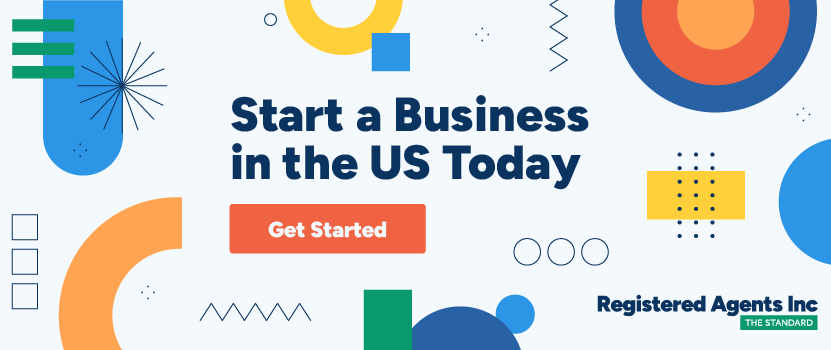
It’s an exciting moment – you land a new client, send your first invoice, and then they respond with a simple question:
“Can you send over your business info for our records?”
They want your legal business name. Your EIN. Maybe your business address or W-9. And suddenly, your casual side hustle starts to feel exposed.
You realize you don’t really have a business name. Your invoices just say your name. Your payments go to your personal PayPal or Venmo. You’ve never filed for an EIN. And now a professional client is expecting you to… well, be professional.
So what now?
Contents
Why Clients Are Asking for Business Information
This isn’t just about formality or red tape. Clients – especially businesses or agencies – need your business details for several reasons:
- Tax reporting: If they pay you $600 or more, they’re required to issue a 1099-NEC and need your EIN or SSN.
- Vendor compliance: Many companies have systems that require verified business profiles to process payments.
- Liability and insurance: Working with an unstructured individual may pose legal or financial risk to them.
- Professional expectations: Business clients expect vendors to look and operate like a real company.
Translation: the more professional your clients, the more professional they expect you to be.
Red Flags That You’re Not Set Up for Business
If you’re scrambling to answer basic questions about your business, you’re not alone – but it is a sign something needs fixing.
Here are the red flags clients notice:
- Your invoice has only your personal name and email
- You request payment through a personal PayPal, Venmo, or CashApp
- You don’t have a business name, address, or EIN
- You stall or get uncomfortable when asked to submit a W-9
These things can raise eyebrows. Or worse – they can lead the client to second-guess whether you’re the right fit for a serious engagement.
Why You Need a Formal Business Structure
It’s not about faking it until you make it. It’s about protecting yourself, inspiring confidence, and streamlining your operations.
Forming a business – like an LLC – helps you:
- Project legitimacy: Clients take you more seriously when your business name is on the invoice, not just “John Smith.”
- Protect your personal assets: If something goes wrong – missed deadlines, disputes, scope creep – you’re shielded.
- Simplify tax season: A separate business entity and bank account make expenses and deductions cleaner.
- Navigate red tape: Platforms, clients, and banks all ask for EINs and business documentation – be ready.
You don’t need to go full corporate. But you do need to stop winging it when money starts flowing.
Once you’re set up properly, you’ll want to have these ready in your back pocket – or saved in a client onboarding folder:
- Legal business name (as registered with your state)
- Employer Identification Number (EIN)
- Business address (can be a PO box or virtual office)
- Completed W-9 form (you can download and fill one in advance)
- Bank account details (for ACH or direct deposit payments)
- Business website and contact info (adds to your credibility)
Having all this ready doesn’t just impress – it creates a smoother, more trustworthy experience for your clients.
How to Get Structured (Without Losing Momentum)
You don’t have to shut everything down and start from scratch. Here’s a quick list of how to get set up while continuing to serve clients:
- Form an LLC in your state (or use an online service to file)
- Apply for an EIN from the IRS (free and fast)
- Open a business bank account using your LLC and EIN
- Update your invoicing tools with your new business info
- Download and complete a W-9 with your new LLC and EIN
You’ll go from “awkward reply to client” to “confident pro with everything ready to go.”
This Isn’t Just About Paperwork – It’s About Perception
Clients aren’t asking for business details just to fill out a form. They’re asking to make sure they’re working with someone who takes this seriously.
If you want bigger clients, repeat projects, and long-term partnerships, you need to show up like a business – even if you started this whole thing from your couch.
The good news? That shift doesn’t take a year. It takes a few smart steps. Start with structure, get your business details in order, and the next time a client asks for them, you won’t flinch – you’ll send over everything before they can even hit “send.”

